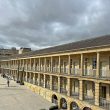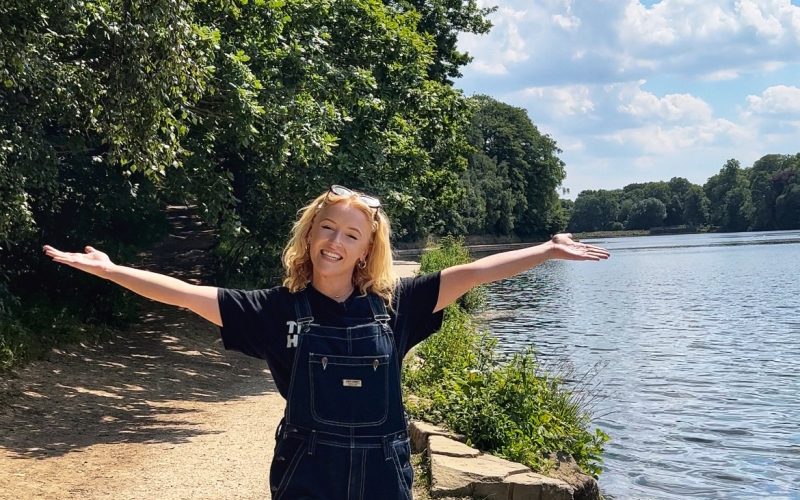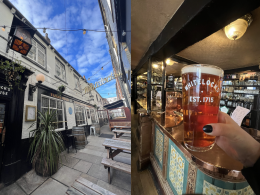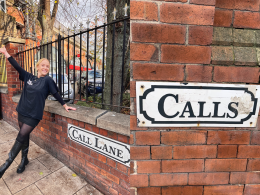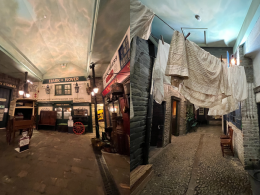A Leeds local favourite, Roundhay Park has hosted thousands of visitors for the past 200 years.
Leeds is lucky enough to be home to one of Europe’s biggest city parks – and one of the most memorable features are the lakes.
One’s used for fishing and the other harbouring wildlife, and there’s far more than meets the eye here.
Completed over 200 years ago in 1815, the Waterloo Lake spans across 12 hectares on the site of an old quarry mine. It is thought that the area was dammed up by unemployed war veterans after mining work scarred the landscape.
Owner Thomas Nicholson then named the larger lake Waterloo Lake after the Battle of Waterloo as a thank you to the soldiers.
Over the years the lakes at Roundhay Park have seen some unusual activity, including the crossing of the upper lake on a high wire by 72-year-old artist Charles Blondin and also in the late 1800s, a fully rigged ship was destroyed here by a torpedo in a realistic battle on Waterloo Lake.
There was also should have been a third lake where the cricket pitch stands today. The bowl shape was dug out but Nicholson died before it was created.
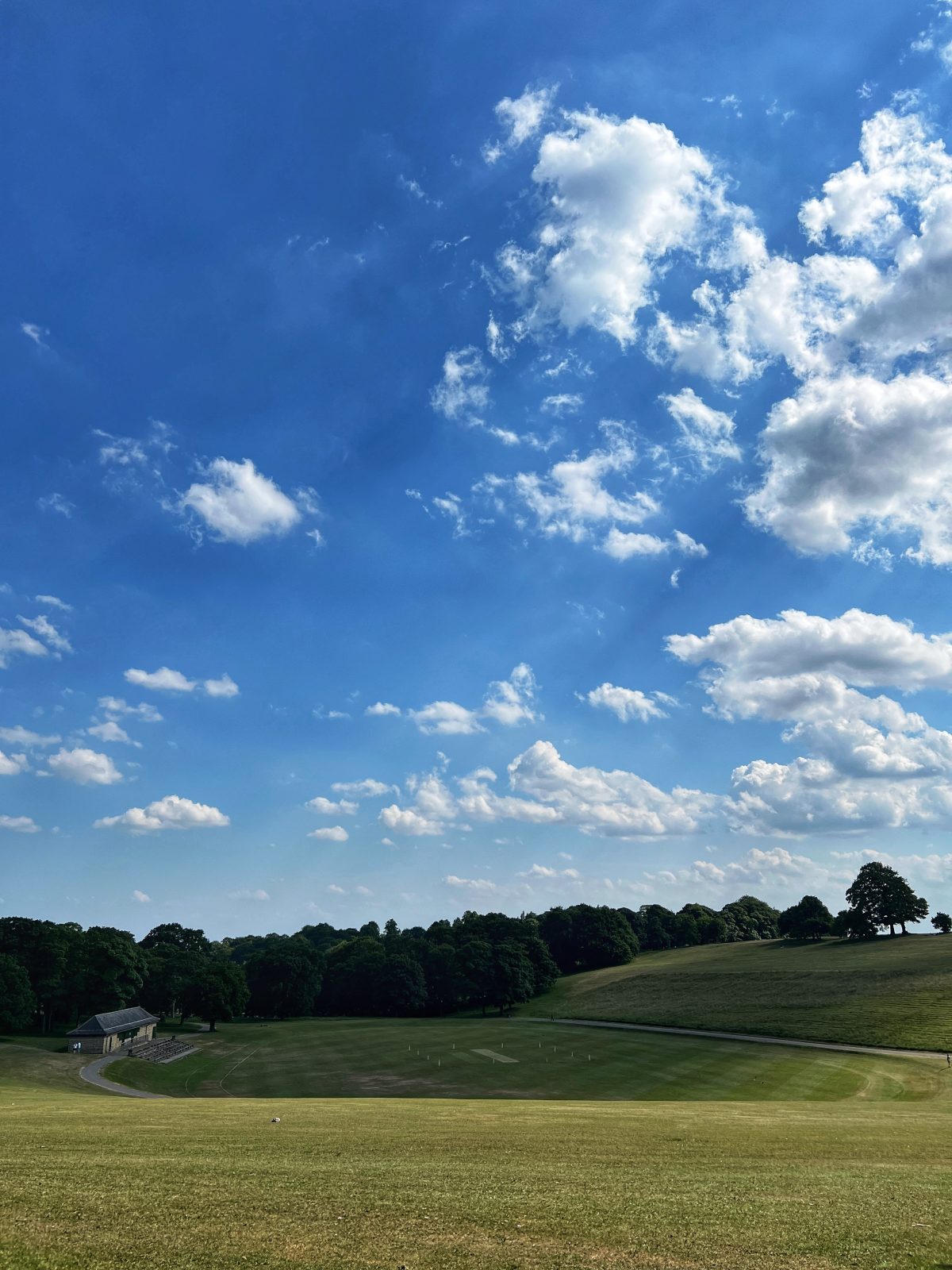
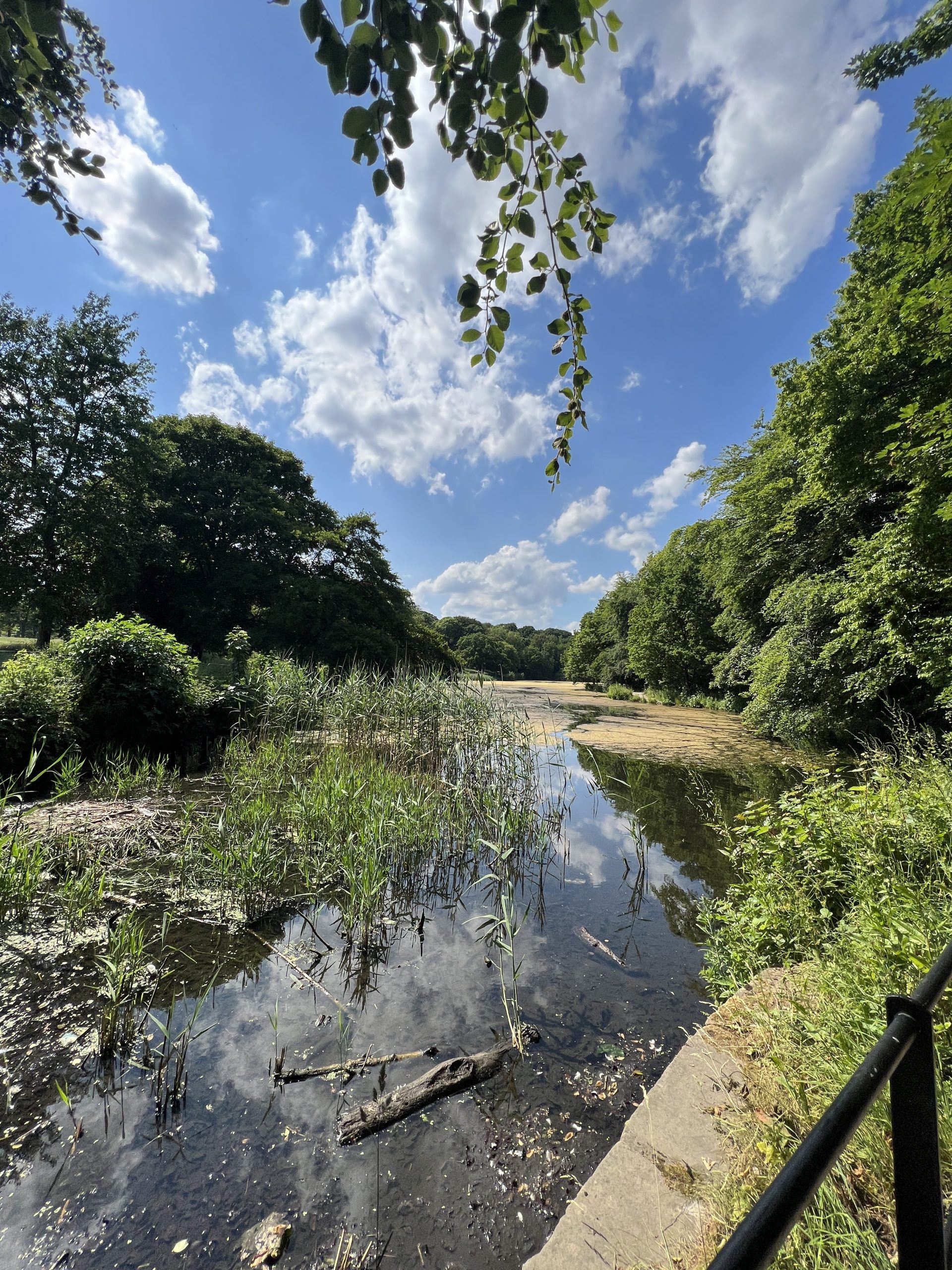
Today the parklands and its beautiful lakes are used for watersports, exhibitions and competitions every year, as well as acting as a walking circuit loved by locals and visitors alike.
Read More:
- Roundhay Park crowned as the best place for a picnic in England
- Leeds Roundhay Park has been rated one of the most beautiful in the UK
- The best things to do in Roundhay at the weekend
To find out more about Leeds history, check out our Short Stuff series on TikTok and Instagram.
Feature Image – The Hoot Leeds




